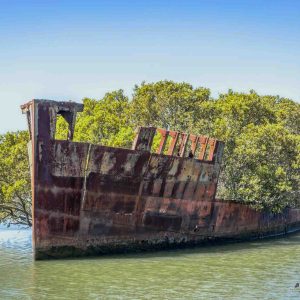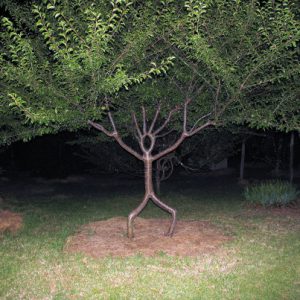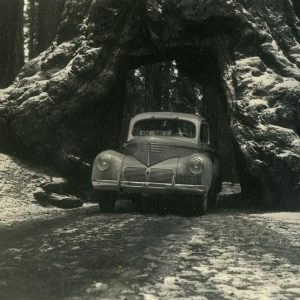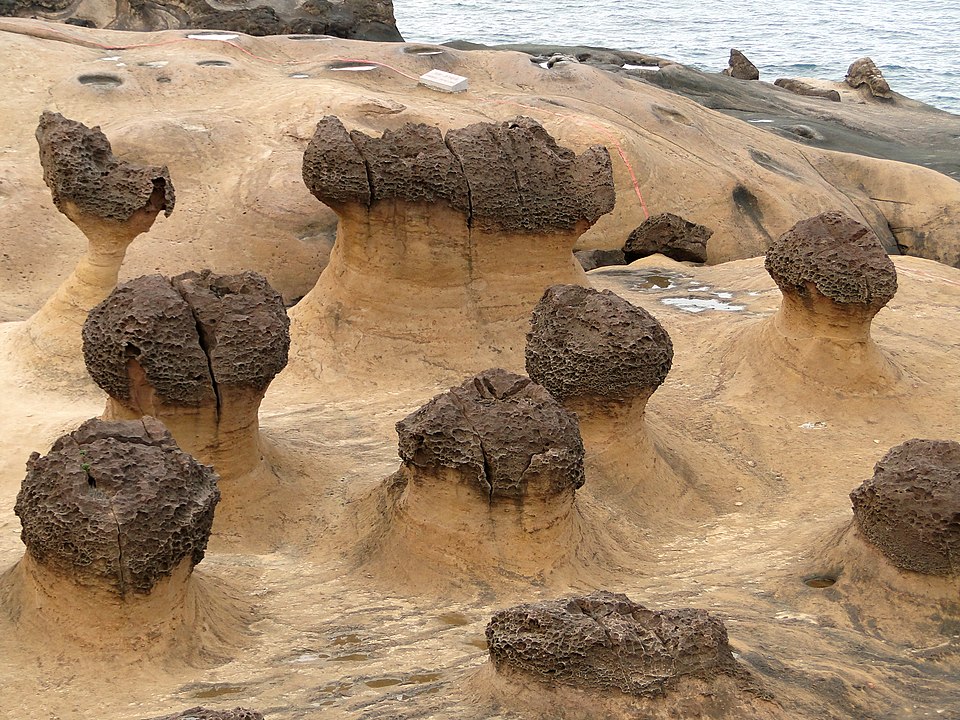

Mushroom Rock State Park, Ellsworth County, Kansas. Image credit: Vincent Parsons
We usually come across mushrooms in nature when hiking in forests or meadows and they pop up their little heads from the grass or fallen leaves. But some “mushrooms” can “grow” much bigger and are made of a completely different material: rock. A mushroom rock, also called rock pedestal, or a pedestal rock, is a naturally occurring rock whose shape, as its name implies, resembles a mushroom. These special-shaped rocks are formed in a number of different ways including erosion and weathering, glacial action, or from a sudden disturbance.
Usually found in desert areas, mushroom rocks form over thousands of years when wind erosion of an isolated rocky outcrop progresses at a different rate at its bottom than at its top. Since abrasion by wind-borne grains of sand is most prevalent within the first three feet (0.9 m) above the ground, the bases of outcrops erode more rapidly than their tops. Water can produce the same effect.

Mushroom rocks in Yehliu, Taiwan. Image credit: Bernard Gagnon
Sometimes, the chemical composition of the rocks can also play an important role in their formation; if the upper part of the rock is more resistant to chemical erosion and weathering, it erodes more slowly than the base. A mushroom rock may ultimately form from an originally flat area of hard rock overlying soft rock. With the weathering of former, the lower-lying soft rock is eventually exposed to erosion from wind, water, salt intrusion, etc., depending on local conditions. Since the softer layer is more easily eroded, over a long period of time a depression or blowout is formed. The overlying harder rocks are more resistant to this process, and may thus end up as isolated mushroom rocks standing above the new, lower plain.

Limestone rock formation in the White Desert, western Egypt. Image credit: Christine Schultz
Wind erosion is usually concentrated a few feet over the ground – wind speeds increase with height, but sediment load reduces. This means that the combination of highest sediment loads and fastest wind speed exist a few feet over the ground, leading to the characteristic narrowing of the support pedestal at this height.
Mushroom rocks can also be formed by glacial action. As opposed to the ones formed by erosion of a single rock, these mushrooms are a type of balancing rock formed from two separate rocks, with one of them resting on top of the other. In such cases, the uppermost rock was typically transported and deposited by the slow action of a glacier. The lower part of the rock formation may have also undergone a degree of erosion to accentuate the mushroom shape.

Mushroom rock in Wadi Rum, Jordan. Image credit: Arabian Nights

Mushroom rock formations along the Esplanade, on the western part of the North Rim of the Grand Canyon south of Monument Point. Image credit: Al_HikesAZ
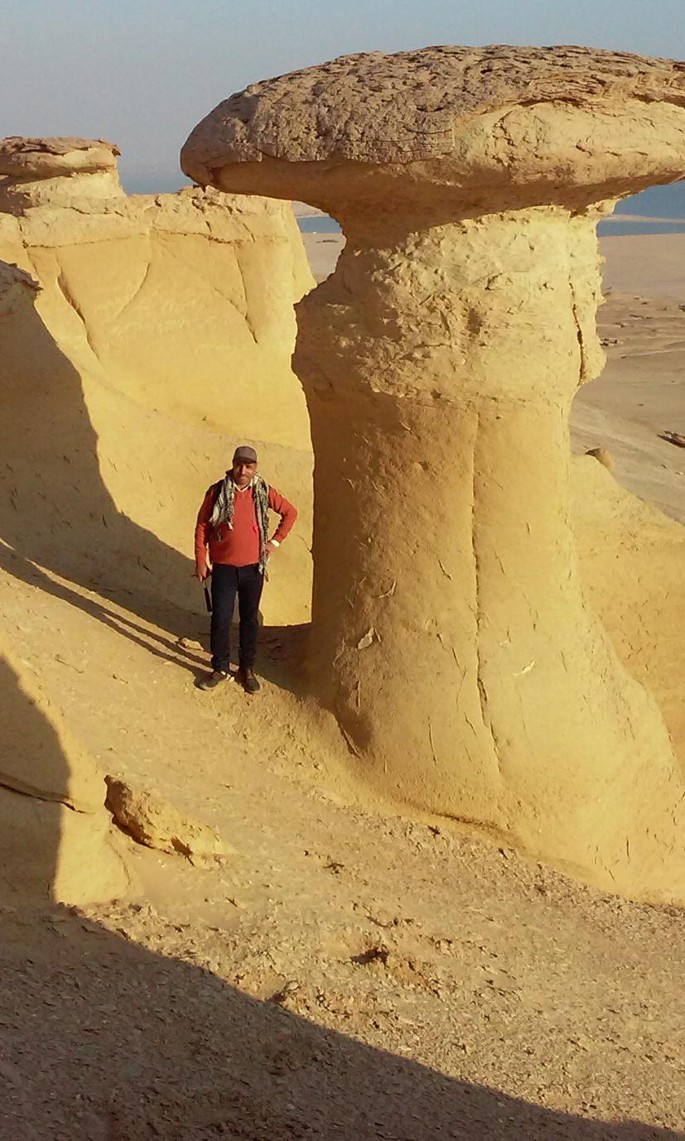
Evidence of wind erosion, Gebel Qatrani, Egypt. Image credit: Mashaal et al

The Kelchstein (“Chalice Rock”) near Oybin, Lusatian Mountains, Germany. Image credit: Zp

Mushroom rocks in Kardzhali District, Bulgaria. Image credit: Edal Anton Lefterov

Mushroom Rock State Park, Ellsworth County, Kansas. Image credit: Vincent Parsons
Nature’s beautiful umbrellas.
Source: earthlymission.com


